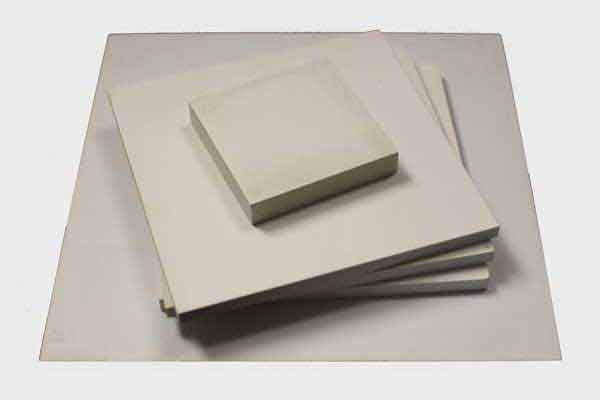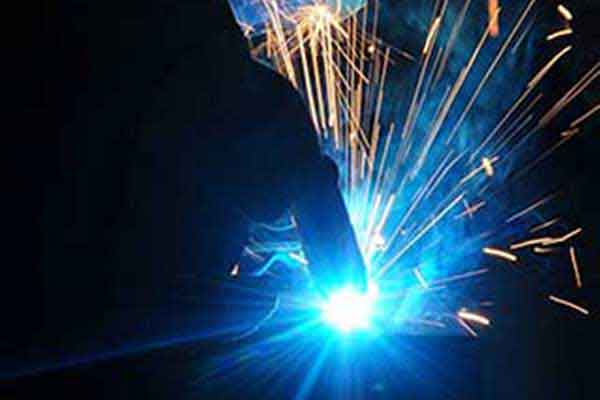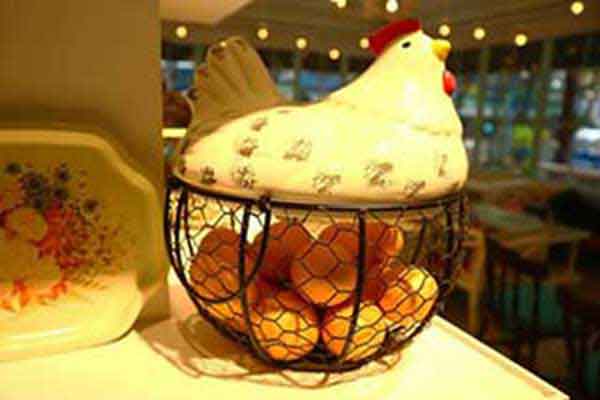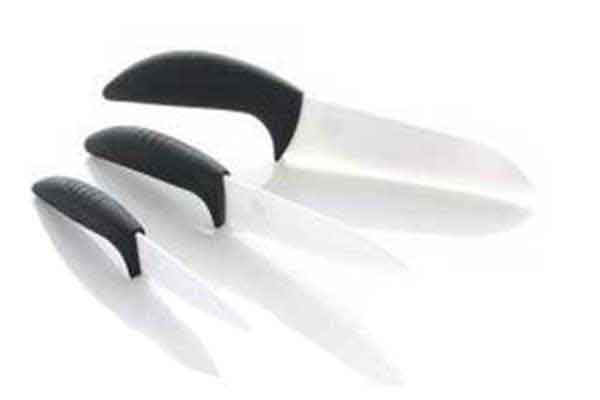Aluminum Nitride (ALN) has long been regarded as the material of choice when Alumina substrates cannot meet the demands of high thermal conductance for electronics. The vast majority of the world’s production of Aluminum Nitride is consumed in 0.040” and 0.025” thick substrates for high performance electronics, prized for its electrical insulation, while offering thermal conductance 7 – 8 times that of Alumina. ALN substrates offer superior performance, but at a price.
The use of ALN in structural components has been slower to develop, as material is less readily available to make the inevitably required samples in small volumes that companies require in order to build confidence before investing in tooling. The bridge which allows trials of small quantities of structural parts in ALN was created by Tokuyama of Japan. They developed a hybrid material, made of ALN and boron nitride and hot pressed for consistency. It gives good thermal conductance, 3 – 4 times that of Alumina, excellent thermal shock, and good electrical insulation. This sintered material also offers the benefit of being machinable with standard carbide tools and requiring no post-machining sintering. Shapal Hi-M Soft (the Tokuyama trade name for this machinable ALN) enables parts to be made up to 12” square and over 3” thick, allowing companies to trial ALN without the delays and costs of the pure version. This prototyping opportunity can provide the confidence to use pure ALN for subsequent higher volume requirements.
The transition from Shapal Hi-M Soft to pure ALN has been slow to develop. Differing geometries of components require different production methods. Plus, material volumes generally remain low. The result is a total spend on structural ALN that, while significant and increasing, continues to be dwarfed by Alumina, where all production routes are in large volume. The lower cost and higher availability of Alumina remains apparent, relative to ALN. But the technical benefits of ALN are becoming increasingly recognized and in demand and therefore many industries are pushing for the transition to pure ALN.
The feasibility of using ALN for very large structural pieces in aerospace, semiconductor fabrication, lasers, electronics, and medical applications is progressing, where the high thermal shock resistance, high thermal conductance and excellent electrical performance are key features.
The worldwide demand for ALN powder is increasing dramatically and mass production of components such as water cooled heat sinks for transport systems and LED heat sinks have put further pressure on the increased expansion of the material uses.
The ever developing demand has led to fabrication systems for ALN to be brought in line with standard Alumina processes. Whereas die pressing and isostatic pressing were common to both materials, ALN was not extruded. This has now changed and although limited to certain sizes, ALN has gained a foothold in a process that was previously alien to it. Tubes of over a foot in length have now been produced.
Aluminum Nitride is not the rare research-only material of the past, but has entered the engineering mainstream and the benefits of this are being felt across the spectrum of high technology cutting edge industries. Shapal Hi-M Soft machinable aluminum nitride continues to play a key role in the advancement of pure aluminum nitride.




